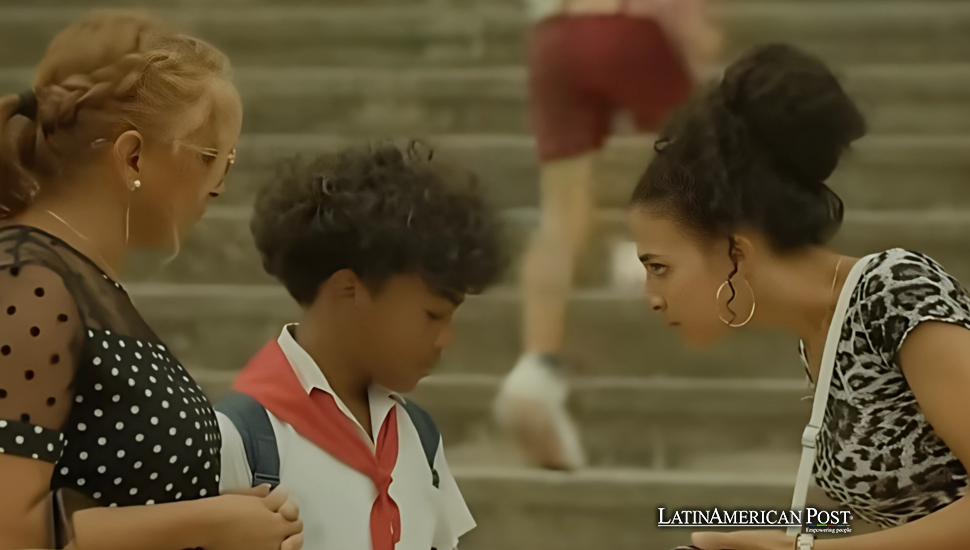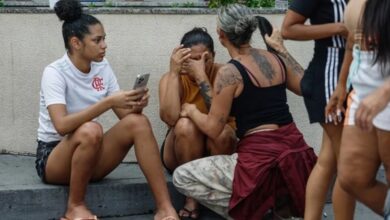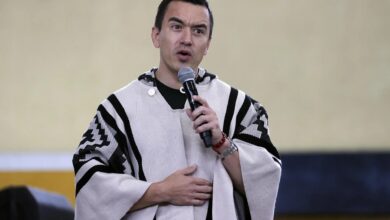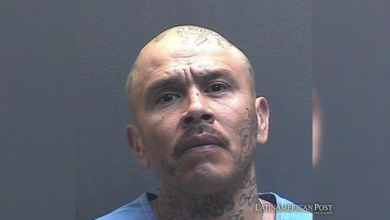Cuban State T.V. Drama Actally Revealing Hidden Violence Truths

In a landmark moment for state television, a groundbreaking Cuban series delves headlong into the stark realities of gender-based violence, transphobia, pedophilia, and unspoken fears. By confronting these issues directly, the drama aims to transform public awareness and spark change.
A New Cuban Series
A bold new television program titled Los gatos, las máscaras, las sombras has entered the Cuban broadcast landscape with a compelling mission: to highlight deeply rooted social problems that often remain hidden or misunderstood. While mainstream productions have conventionally shied away from controversial subjects, this series sets itself apart by addressing multiple forms of violence—sexual aggression, femicide, transphobia, pedophilia, and the pervasive fear that survivors harbor about reporting abuse.
Notably, the show is led almost entirely by a female creative team. The director and screenwriter crafted a story that surpasses ordinary television drama standards. She connected sequences with sensitivity while implied actions remained unseen. This method reveals the main aim of the production: The series is designed to inspire compassion without compromising the dignity of its victims.
The series unfolds through 12 episodes, which center around a counseling center that supports survivors of gender-based violence, and each episode presents a unique story. The psychiatrist listens to abuse victims while guiding the series. The series emerges amid escalating official discussions about these topics. Social media platforms in Cuba have experienced a surge in discussions about confronting gender violence that demonstrates changing attitudes and increasing resolve to protect survivors.
Tackling Social Taboos
Among the striking aspects of Los Gatos, las máscaras, las sombras is its willingness to illuminate specific social taboos. One storyline features a young woman, Lisy, stuck in a troubled relationship. When the pandemic forced lockdowns, it raised tensions at home; her partner’s violence increased—a pattern seen worldwide. The series shows how outside pressures worsen abuse by including details from recent events.
Another character, Amelia, represents a facet of prejudice that can emerge between different cultures and backgrounds. She endures a harmful perspective from a European man who views her through a stereotypical, patronizing lens—an experience that many Cuban women have encountered yet seldom see depicted in prime-time programming.
The production tells a story about a grandfather who abuses his granddaughter. The story shows a harsh truth: sexual abuse in families by older relatives happens more often than many think. The creative team carefully crafted the depiction so as not to traumatize audiences but still expose how blood ties and denial can hide abuse.
The show shows the violence transgender people suffer. It uses Chelo to show the many layers of discrimination trans women face. By showing her everyday struggles, the series asks for care and support. It stresses that her family’s acceptance or absence hurts her deeply.
These cases all connect through a shared thread: the perspective of a psychiatrist working in a counseling center. Interwoven with her professional responsibilities is her struggle to balance multiple roles in her life—a reality that resonates with many women who juggle careers, family expectations, and societal pressures.
Confronting The Darkest Realities
Central to the show’s symbolic core are the references to “cats,” “masks,” and “shadows.” While these elements may seem abstract on the surface, each serves as a metaphor for different layers of violence and hidden behaviors. Cats appear in the series and can be early targets of intimidation, reflecting how abusers often turn on pets or property before escalating their aggression toward human victims. Masks, in turn, represent the personas and responsibilities individuals feel compelled to perform—whether as a professional, a mother, or a friend—while suppressing personal turmoil.
Shadows, however, are presented as the darkest aspects of the human psyche—the impulses and inclinations that people suppress. In some characters, these shadows do not emerge but stay hidden under social rules. In others, they appear with destructive force, producing the worst harm. By giving these ideas a human face in the plot, the series tries to reveal how deeply violence is rooted in psychological currents formed by power gaps and old wounds.
This moment matters. Debates about gender-based violence in Cuban society have gained momentum over recent years. The government maintains a strict “zero tolerance” stance, but activists believe more comprehensive actions must be taken. The majority of reported femicide cases involve intimate relationships, which became plot foundations for actual story-based shows. The series aligns with a broader government-led campaign promoting prevention and accountability, but it also goes further by appealing to the emotional core of its audience.
A Catalyst For Change
For the creative minds behind Los Gatos, Las máscaras, Las Sombras, the lasting influence of television drama can surpass that of traditional awareness campaigns. By including urgent social issues in engaging plots, the series helps viewers relate to characters closely. Personal experiences might appear, causing reflection or even action.
When stories focus on topics like transphobia or pedophilia, viewers must face upsetting truths hidden in everyday life. The online comments have become a key part of the show’s success. Both women and men joined the talk by telling their own stories or expressing their opinions. Some feel relieved to see their hardships represented, while others struggle when they learn such events happen near them.
In this context, the increased visibility of gender-based violence in Cuba has built pressure that may prompt changes in the system. Groups that defend women’s rights, plus independent collectives, hope that stories like Lisy’s or Chelo’s will give survivors the strength to report abuse. The series also shows the emotional burden of those who help survivors – psychiatrists, social workers, community leaders – which stresses the need for more resources and training.
Even though Los Gatos, las máscaras, las sombras is a scripted drama, its resonance lies in how truthfully it mirrors societal problems. Each chapter brings renewed urgency to discussions of how violence stems from power imbalances—whether expressed overtly or in subtler, insidious ways. The show does not claim to solve the complex interplay of cultural and economic factors that allow such behavior to persist, but it does strive to catalyze deeper examination.
Over time, as more episodes air, the hope is that visibility and open dialogue will break the cycle of silence that allows predators to act unchecked. Schools and medical professionals may use these stories to talk about consent, acceptance, and mutual respect. By showing the worst abuse, the team wants to show that recognizing this abuse is the first step to ending it.
Also Read: Mexican Icon Yuri Embraces Corridos Tumbados if Lyrics Reject Violence and Machismo
Los Gatos, las máscaras, las sombras shows the power of a story to drive social change. By showing survivors’ experiences or common hostility, the series tries to remove the covers that hide the worst human behavior. In doing so, it promises to ignite meaningful change within households, communities, and broader cultural conversations—one episode at a time.





